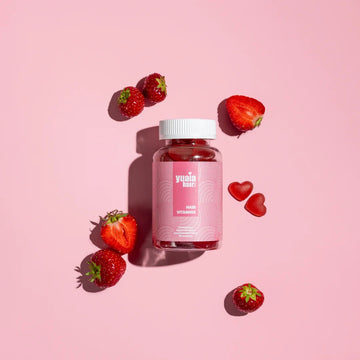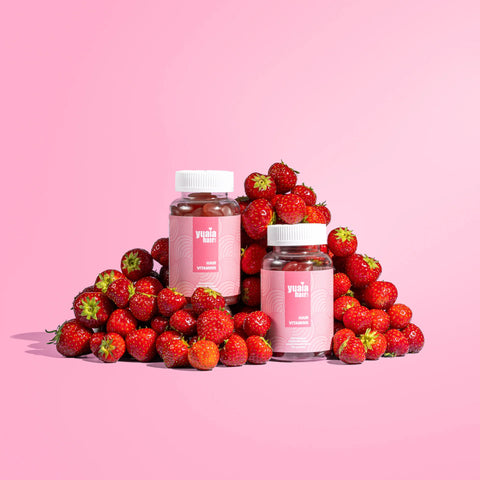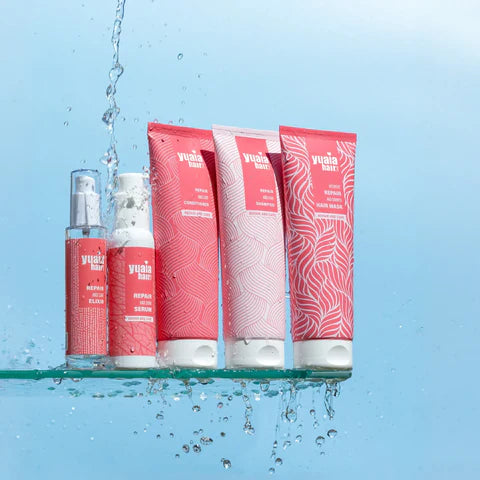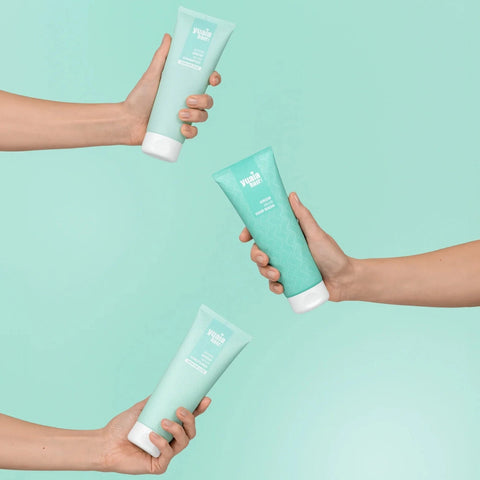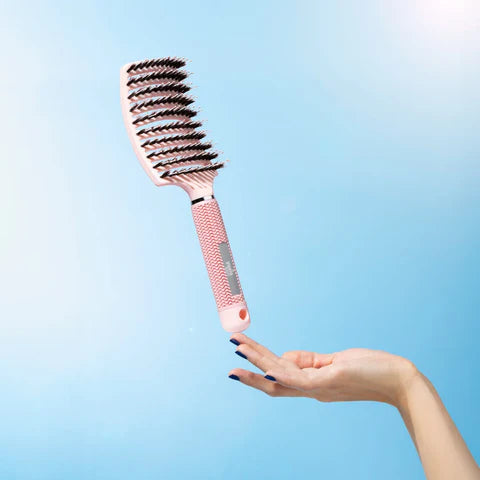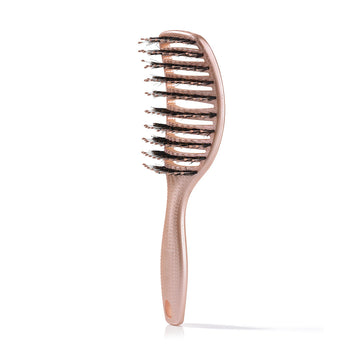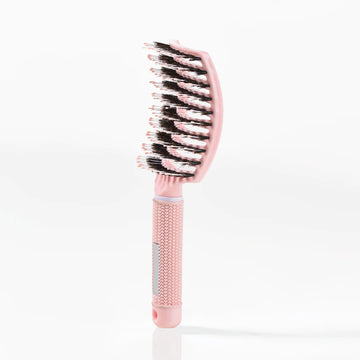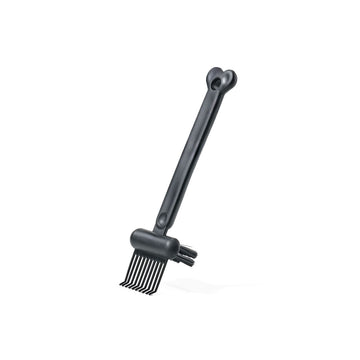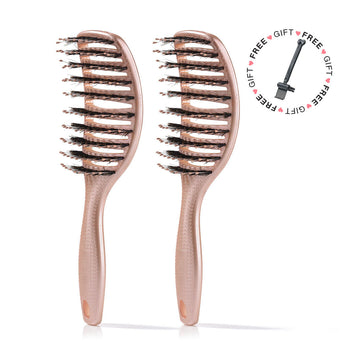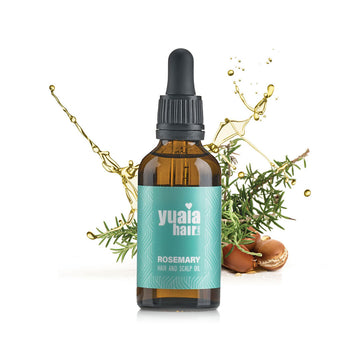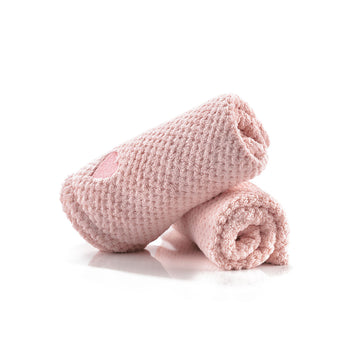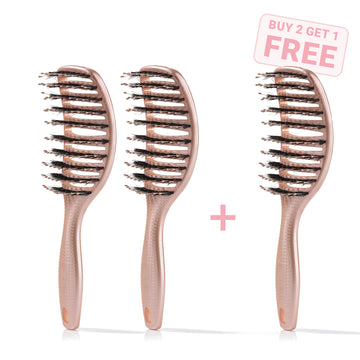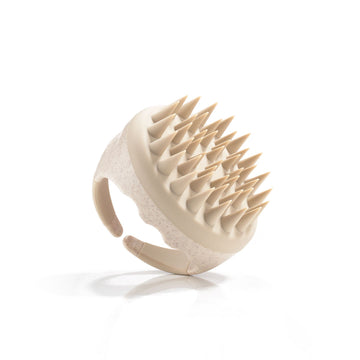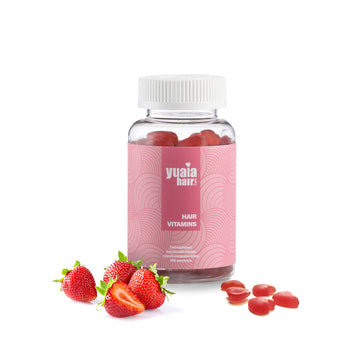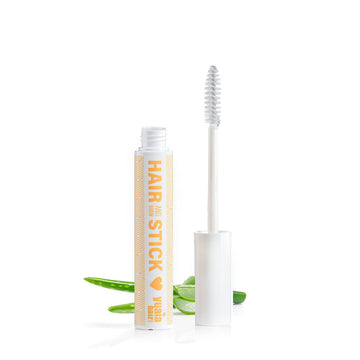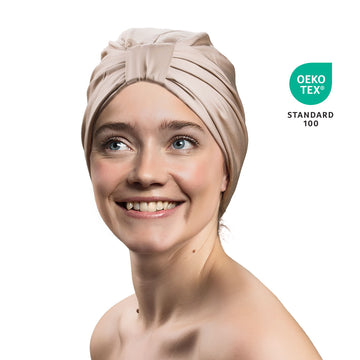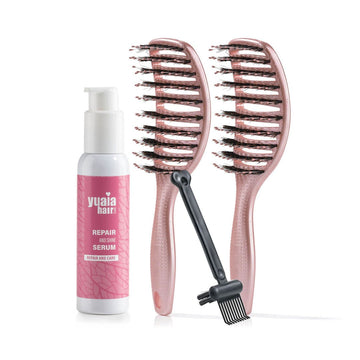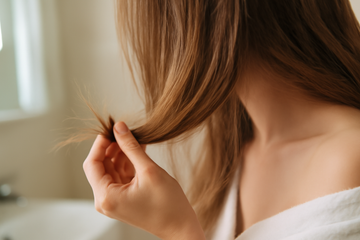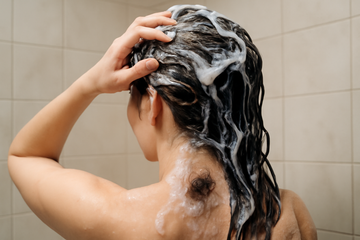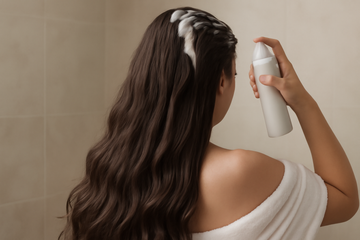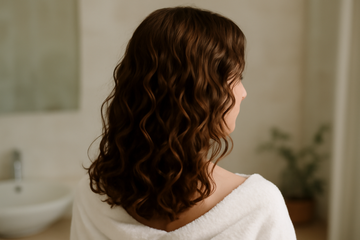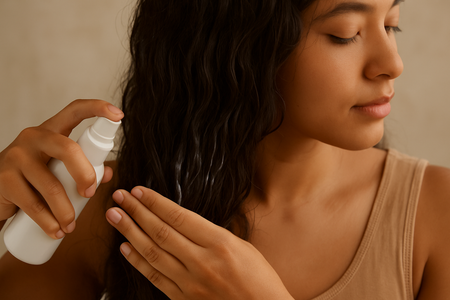
Can Leave-In Conditioners Be a Game-Changer?
Leave-in conditioners may offer a promising solution for low porosity hair. These products are designed to provide lightweight, lasting hydration that doesn't weigh the hair down. Unlike heavier conditioners that can sit on the surface, leave-in conditioners often contain humectants like glycerin and aloe vera, which help attract moisture from the environment and seal it into the hair. This can significantly improve the manageability and appearance of low porosity hair, reducing tangling and adding shine.
To explore the potential of leave-in conditioners further, it's important to consider the specific needs of low porosity hair and how these products can be effectively incorporated into a hair care routine. By selecting the right formulations and applying them correctly, leave-in conditioners can transform the way low porosity hair is managed, offering a practical solution to moisture retention challenges.
What is Low Porosity Hair?
Low porosity hair is characterized by its tightly closed cuticles, which makes it challenging for moisture and products to penetrate. This structure often results in water and products sitting on the surface rather than being absorbed, leading to persistent dryness. The closed cuticle layer can also make it difficult for the hair to retain any moisture it does absorb, further complicating hair care routines. Recognizing these traits is essential for selecting the right products and methods to enhance moisture retention.
Benefits of Leave-In Conditioner for Low Porosity Hair
Prolonged Moisture Retention
Leave-in conditioners are particularly beneficial for low porosity hair as they offer prolonged, lightweight hydration. These conditioners often include humectants such as glycerin and aloe vera, which help attract moisture from the environment and seal it into the hair. This not only helps in maintaining moisture levels but also prevents the hair from drying out quickly, making it an excellent choice for those struggling with dryness.
Detangling and Manageability
For those with low porosity hair, tangling can be a significant issue. Leave-in conditioners work to smooth the hair, reducing tangles and making it more manageable. This added manageability can lead to a smoother styling process and help maintain the hair's natural shine. By incorporating a leave-in conditioner into your routine, you can experience less breakage and a more polished look.
Protection from Environmental Damage
Environmental factors like UV radiation, wind, and pollutants can exacerbate the challenges faced by low porosity hair. Leave-in conditioners create a protective barrier that shields the hair from these elements, reducing the risk of damage. This protective quality not only helps maintain hair health but also contributes to reducing breakage and maintaining scalp health.
Best Practices for Using Leave-In Conditioner
Choosing the Right Product
For low porosity hair, selecting the right leave-in conditioner is important. Lightweight, water-based formulations are ideal as they are less likely to cause buildup. Heavy or oily products can sit on the surface of the hair without penetrating, leading to a greasy feel without the benefits of moisture absorption. It’s vital to choose products specifically formulated for low porosity hair to ensure optimal results.
Application Tips
To get the most out of your leave-in conditioner, apply it to clean, damp hair. This allows the product to seal in moisture effectively. Begin by applying a small amount to the mid-lengths and ends of your hair, then gently work it through to the roots. This method helps distribute the product evenly without weighing the hair down. Incorporating a leave-in conditioner into your routine can transform your hair care approach, making your hair more manageable and healthy.
For those looking to enhance their hair care routine further, consider using our curvy brush for gentle detangling. The boar bristles help distribute natural oils throughout the hair, promoting a healthy shine without causing damage.
Enhancing the Benefits of Leave-In Conditioner
To maximize the benefits of leave-in conditioners for low porosity hair, it's important to incorporate additional hair care practices. One such method is using a microfiber towel to gently dry your hair. Microfiber towels are effective in reducing frizz and minimizing breakage, as they absorb excess water without causing friction or damage to the hair cuticle. This gentle drying method complements the use of leave-in conditioners by helping to lock in moisture and maintain the hair's natural texture.
Another beneficial practice is to apply heat in moderation. Low porosity hair can benefit from occasional heat treatments, such as using a warm towel or a low-heat blow dryer. The heat can help open the cuticles slightly, allowing the leave-in conditioner to penetrate more effectively. However, it's essential to avoid excessive heat exposure, as it can lead to dryness and damage over time.
The Journey to Moisturized Hair
Embracing the journey to finding the best hair care routine for low porosity hair can be both rewarding and transformative. By experimenting with different products and techniques, you can discover what works best for your unique hair type. Leave-in conditioners are a valuable tool in this journey, offering prolonged moisture retention and enhanced manageability. Remember that consistency is key, and over time, you'll notice improvements in your hair's health and appearance.
Frequently Asked Questions
Can Leave-In Conditioners Weigh Down Low Porosity Hair?
Lightweight formulations are essential to prevent leave-in conditioners from weighing down low porosity hair. Opt for water-based products that provide hydration without adding excess weight.
How Often Should I Use Leave-In Conditioner on Low Porosity Hair?
The frequency of use depends on your hair's specific needs and environmental factors. Generally, applying leave-in conditioner after every wash or as needed can help maintain moisture levels.
What Ingredients Should I Look for in a Leave-In Conditioner for Low Porosity Hair?
Look for humectants and lightweight, natural ingredients such as glycerin, aloe vera, and hyaluronic acid. These components attract and retain moisture, making them ideal for low porosity hair.
Can Leave-In Conditioners Help with Scalp Issues Like Flakiness and Itching?
Yes, leave-in conditioners can help balance natural oils and reduce sebum buildup, which may alleviate scalp concerns like flakiness and itching. They provide moisture and protection to both the hair and scalp.
 2-4 day UK delivery
2-4 day UK delivery
 25.000+ satisfied customers
25.000+ satisfied customers
 Satisfaction Guarantee
Satisfaction Guarantee

